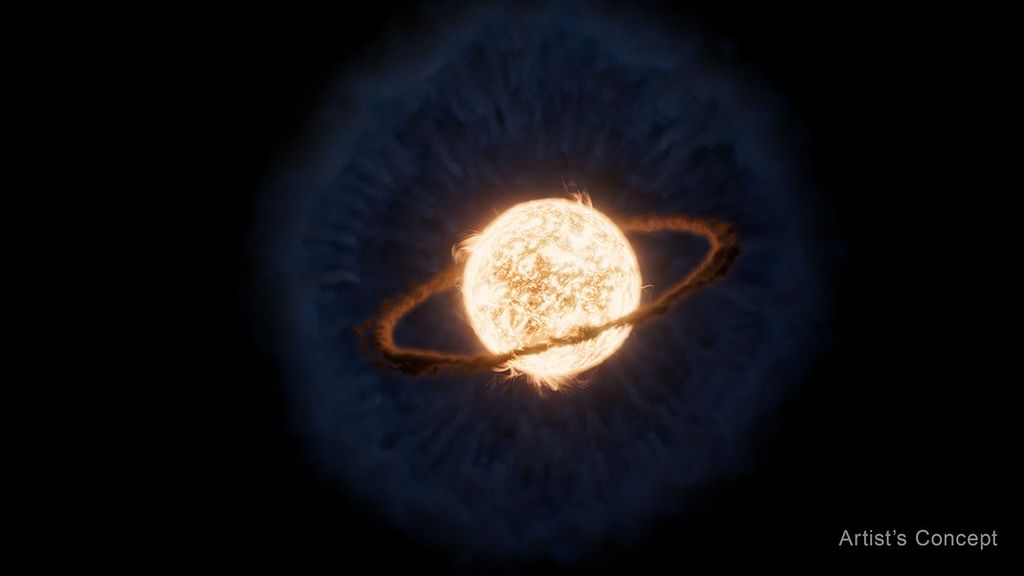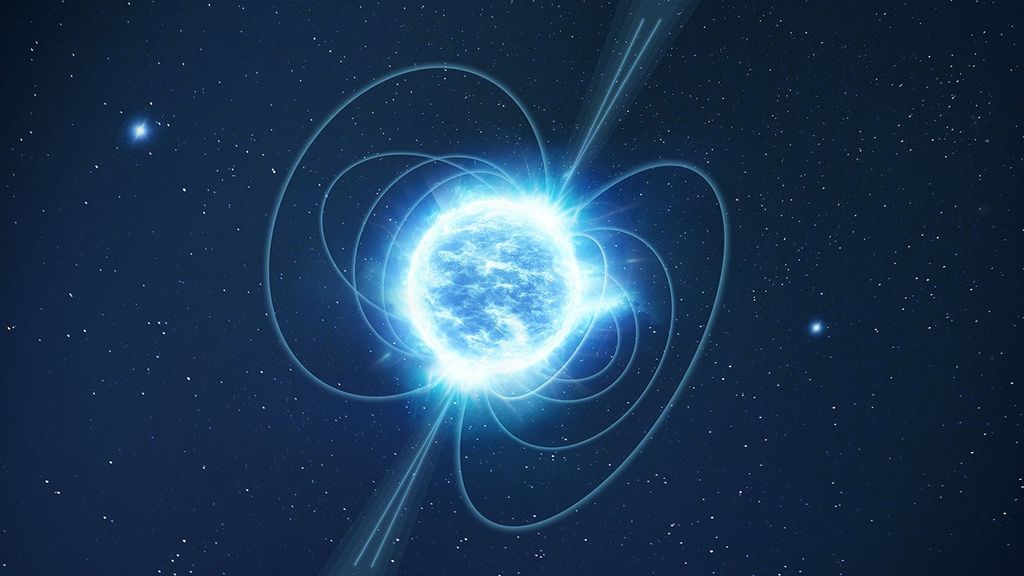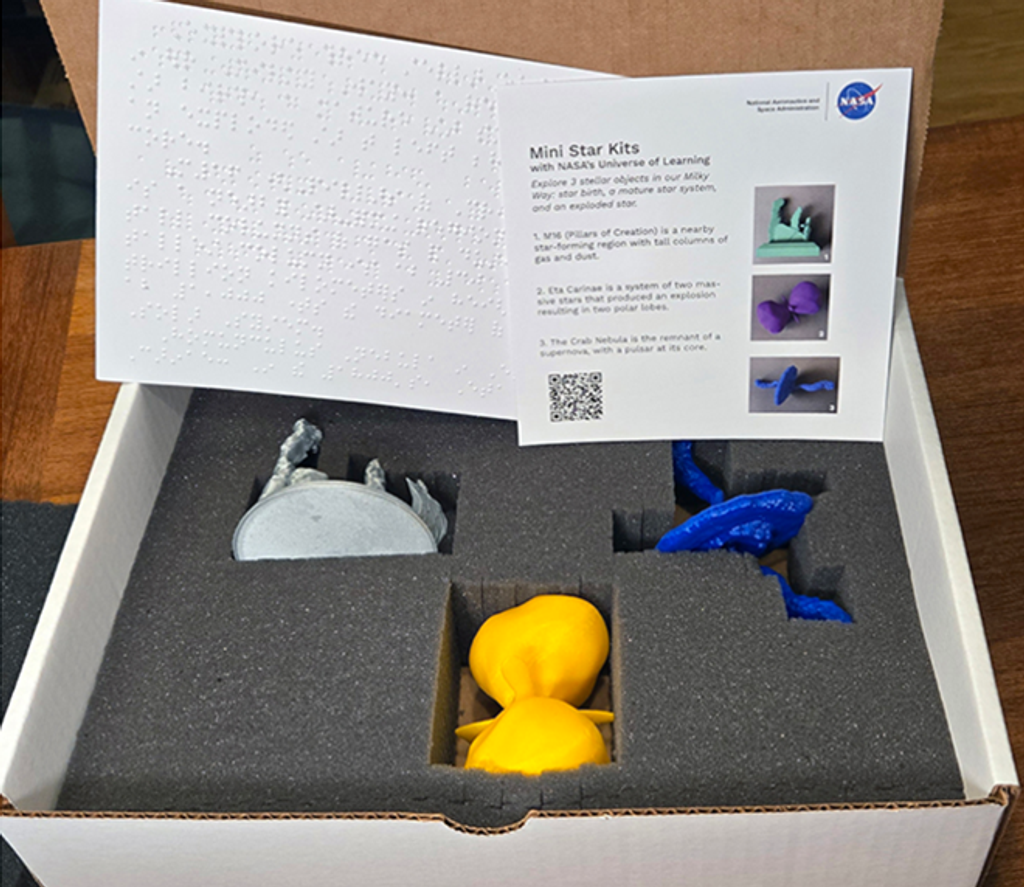NASA’s Juno mission captured this look at Jupiter‘s tumultuous northern regions during the spacecraft’s close approach to the planet on Feb. 17, 2020.
Notable features in this view are the long, thin bands that run through the center of the image from top to bottom. Juno has observed these long streaks since its first close pass by Jupiter in 2016. The streaks are layers of haze particles that float above the underlying cloud features. Scientists don’t yet know exactly what these hazes are made of or how they form. Two jet streams in Jupiter’s atmosphere flank either side of the region where the narrow bands of haze typically appear, and some researchers speculate those jet streams may influence the formation of the high hazes.
This JunoCam image was processed by citizen scientist Gerald Eichstädt. It was taken on Feb. 17, 2020, at12:29 p.m. EST, as the Juno spacecraft performed its 25th close flyby of Jupiter. At the time the image was taken, the spacecraft was about 15,610 miles (25,120 kilometers) from the planet’s cloud tops at a latitude of about 71 degrees North.
JunoCam’s raw images are available for the public to peruse and process into image products at: https://missionjuno.swri.edu/junocam/processing.
Image Credit: NASA/JPL/SwRI/MSSS; image processing by Gerald Eichstädt





























